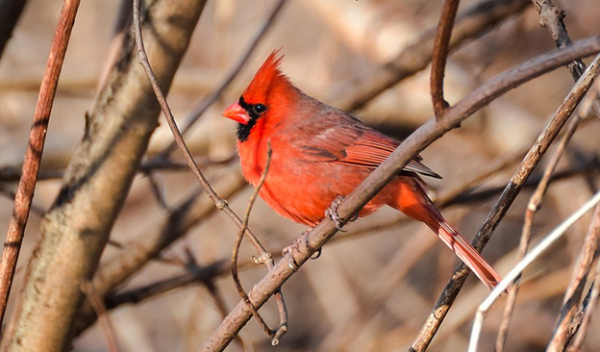There is much more to avian biodiversity in the United States than the number of different species living in a region or community, but birds’ ecosystem contributions — assessed through measures of their diet, body structure and foraging methods — are much tougher to study.
With hundreds of species migrating south for the winter and north for summer breeding, birds’ ecosystem function patterns change over space and time — creating an analytical challenge.
Now, two scientists at The Ohio State University have established what could be considered a baseline map of annual avian functional and species diversity patterns in the U.S., logging 11,000 code-running hours at the Ohio Supercomputer Center to produce their findings.
What they found was a stunner: Functional diversity patterns in the West, where species and functional richness are both highest during the breeding season, are the polar opposite of what is seen in the East, where functional diversity is lowest when species richness is high.
That pattern in the East is particularly puzzling because it means the overall diversity of birds’ ecosystem contributions are highest when a huge number of migratory species are gone.
“This tells us that, probably, migratory birds in the East versus the West have very different functional contributions to assemblages,” said Marta Jarzyna, who co-authored the paper with James Stagge. “It suggests that resident birds in the East have a wider array of functional characteristics than migratory birds, and in the West, it’s the opposite: Migratory birds contribute more to functional richness than resident birds.”
The U.S. National Science Foundation-supported study was published in the journal Current Biology.
The researchers used 2019 data from the Cornell Lab of Ornithology’s eBird Status and Trends, which provided seasonal abundance estimates for more than 800 species. Beyond quantifying species richness, the scientists also incorporated four characteristics to derive estimates of functional diversity: birds’ body mass, diet (ranging from bugs and rodents to nectar and seeds), foraging niche (in or near water or the ground, or in spaces in or above trees), and activity time (at night or during the day).
Jarzyna said that “species have different characteristics and different traits and contribute in different ways to community composition and ecosystem functioning.”
Source: News Release

